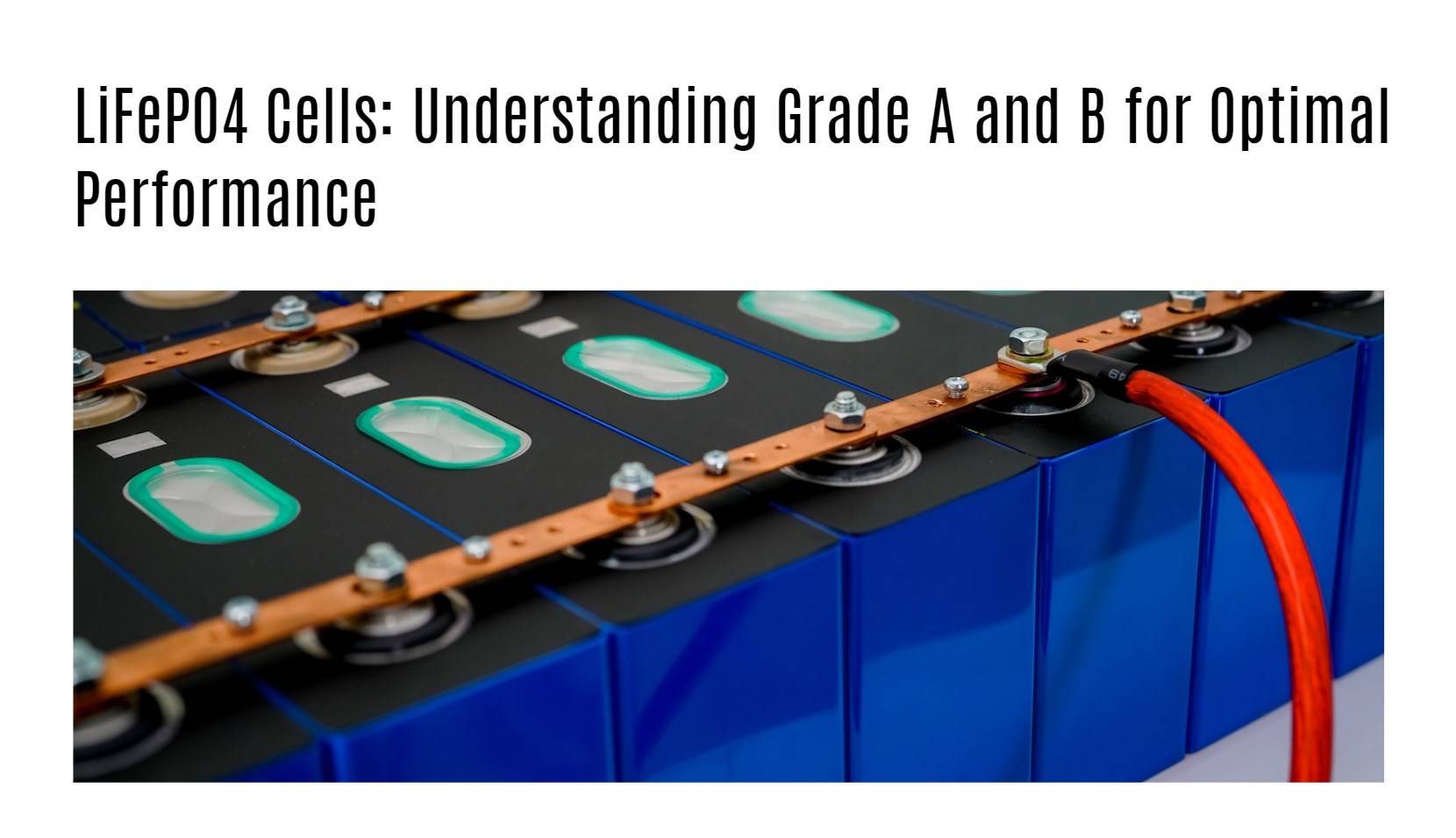Understanding the differences between Grade A and Grade B LiFePO4 cells is essential for optimizing battery performance in various applications. This guide explores the characteristics, advantages, and suitable applications of each grade, helping you make informed decisions when selecting LiFePO4 batteries.
What are the different grades of LiFePO4 cells?
LiFePO4 cells are typically classified into three grades: A, B, and C. Each grade reflects the quality and performance characteristics of the cells.
- Grade A: High-quality cells with superior performance and longevity.
- Grade B: Good performance but with some variability in quality.
- Grade C: Lower quality with significant performance limitations.
Chart: Overview of LiFePO4 Cell Grades
| Grade | Quality Level | Key Characteristics |
|---|---|---|
| A | High | Best energy density, long cycle life |
| B | Moderate | Good performance, some variability |
| C | Low | Basic performance, short lifespan |
How do characteristics differ between Grade A and B cells?
Grade A cells exhibit superior characteristics compared to Grade B cells:
- Performance: Grade A cells have lower internal resistance, higher energy density, and better discharge rates.
- Longevity: They can endure more charge-discharge cycles without significant degradation.
- Consistency: Grade A cells provide consistent performance across the board.
Chart: Comparison of Characteristics
| Characteristic | Grade A Cells | Grade B Cells |
|---|---|---|
| Internal Resistance | Low | Higher |
| Cycle Life | Up to 3500 cycles | Fewer cycles than Grade A |
| Performance Variability | Minimal | More variability |
Why is it important to choose the right grade of LiFePO4 cells?
Choosing the correct grade is crucial as it directly impacts performance, safety, and longevity. Using lower-grade batteries in high-demand applications can lead to reduced efficiency, shorter lifespan, and potential safety hazards. Ensuring you select the appropriate grade based on your specific needs will enhance overall system reliability.
What applications are suitable for Grade A cells?
Grade A LiFePO4 cells are ideal for critical applications where reliability and performance are paramount:
- Electric Vehicles: Require high efficiency and long cycle life.
- Solar Energy Storage Systems: Depend on consistent performance for energy management.
- Medical Devices: Demand reliable power sources for sensitive equipment.
What applications are suitable for Grade B cells?
Grade B cells are suitable for less critical applications where moderate performance is acceptable:
- Consumer Electronics: Such as portable devices that do not require maximum efficiency.
- Backup Power Systems: For occasional use where high-performance batteries are not necessary.
- Electric Bikes and Scooters: Where good performance is needed but at a lower cost.
Chart: Applications by Cell Grade
| Application Type | Suitable Cell Grade |
|---|---|
| Electric Vehicles | A |
| Solar Energy Storage | A |
| Consumer Electronics | B |
| Backup Power Systems | B |
| Electric Bikes | B |
How does performance vary between Grade A and B cells?
Performance varies significantly between the two grades:
- Grade A Cells: Offer a longer lifespan with minimal capacity fade over time, maintaining over 90% capacity after 1000 cycles.
- Grade B Cells: Experience a higher rate of capacity fade, which can lead to reduced efficiency after fewer cycles.
What factors should you consider when purchasing LiFePO4 cells?
When buying LiFePO4 cells, consider:
- Application Requirements: Assess whether you need high-performance or moderate-performance batteries.
- Supplier Reputation: Research manufacturers known for producing quality batteries.
- Price vs. Quality Trade-off: Evaluate whether the cost aligns with your performance needs.



